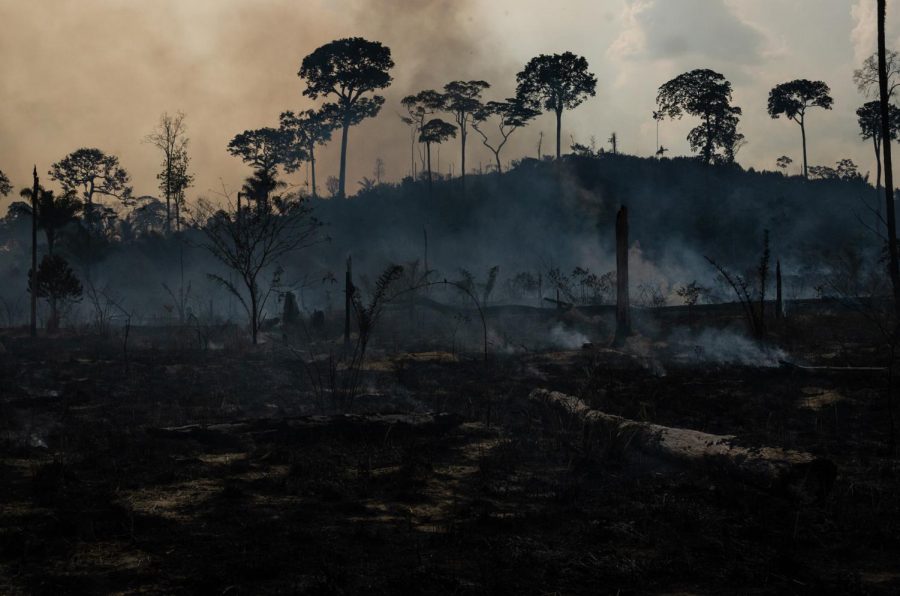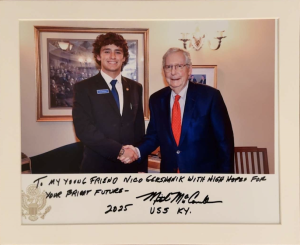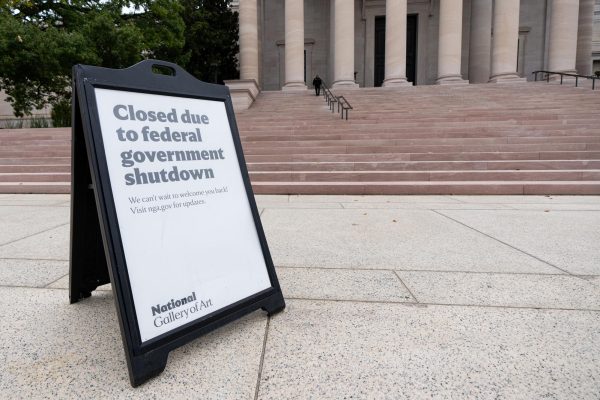Campus Voices: The Amazon Fires: The Ultimate *clickbait*
Members of the IBAMA forest fire brigade (named Prevfogo) fight burning in the Amazon area of rural settlement PDS Nova Fronteira, in the city of Novo Progresso, Para state, northern Brazil, onTuesday, Sept. 3, 2019. (Gustavo Basso/NurPhoto/Zuma Press/TNS) HFA WEB LN NO MAGAZINE SALES * France Rights OUT *
October 11, 2019
Twenty percent of our Earth’s oxygen is burning and itŌĆÖs ALL of our faultsŌĆ” or so they say.
About a few weeks ago the American mainstream media and HollywoodŌĆÖs biggest names went into a social media ŌĆ£frenzyŌĆØ due to catastrophic fires in BrazilŌĆÖs Amazon Rainforest. This has been the largest social media bandwagon campaign I have ever seen. As soon as I saw social media posts starting to replicate amongst HollywoodŌĆÖs biggest names, such as Leonardo Dicaprio and Madonna, I became intrigued on finding the truth.┬Ā
It is blatantly evident that influencers can easily manipulate their mass followers into donating with a click of a button, but do those people really know where their money is going?
The notion that the Amazon makes up 20% (or one-fifth) of the EarthŌĆÖs total oxygen is false. In a recent article in┬Ā National Geographic, Earth systems scientist and contributor Michael Coe said that ŌĆ£the AmazonŌĆÖs net contribution to the oxygen we breathe likely hovers around zero. There simply isnŌĆÖt enough carbon dioxide in the atmosphere for trees to photosynthesize into an entire fifth of the planetŌĆÖs oxygen.ŌĆØ┬Ā
To add fuel to the hysteria, environmentalists claim that the Amazon is on the verge of vanishing due to climate change resulting from global warming.┬Ā
Global warming plays an almost entirely insignificant role in the Amazon fires. Sure, climate change exists. ThereŌĆÖs a problem, I get it. But not in this case. We shouldnŌĆÖt fall prey to manipulative media tactics and wild claims that ŌĆ£the lungs of the world are dyingŌĆØ or that ŌĆ£the rainforest will soon vanish.ŌĆØ Considering the location of the fires ŌĆö┬Ā coincidentally in the agricultural region of the Amazon ŌĆö instead, it appears the fires were set intentionally. This could be an effort to clear the lands for farming, or for a greater purpose, to satisfy the rising global demand for palm oil. According to a 2011 ReuterŌĆÖs article, palm oil agriculture is actually what is saving the Amazon. The business provides economic benefits of guaranteeing someone’s passage to the middle class from its success, and it is more sustainable than previous practices of cattle ranching. According to the same article, when palm trees grow, they absorb carbon dioxide and emit water vapor, causing them to store six to seven times less carbon dioxide than cattle ranching.┬Ā
Yes, I get that these practices of deforestation are harmful and are a problem, but theyŌĆÖre done for an important purpose: to continue to sustain our lives. Modern society requires this sort of agricultural practice, and deforestation, in this case, is essential to sustain the economies and vulnerable populations in rural Brazil.┬Ā
To make matters worse, it does not help that we have celebrities such as Leonardo Dicaprio raising an excess amount of funds to ŌĆ£stopŌĆØ the fires. Sure, Dicaprio posted about while the fires were actually occurring, but do we hear anything now about how that money was used? No. In fact, the Amazon is still on fire, and we have no idea or no proof where DicaprioŌĆÖs organization’s money went. His organization is creating an emergent notion in which we ŌĆ£mustŌĆØ donate now or else the destruction of the Amazon is imminent.┬Ā┬Ā
The hysteria created from the Amazon Fires unfortunately produced overdramatized stories in order to propagandize the Amazon Fires, and take advantage of those not educated enough on the issue to formulate an opinion. This is one of the largest issues plaguing our society today, the media and Hollywood abusing its platform in order to gain support and it is up to us to decide whether or not we want to listen.


















